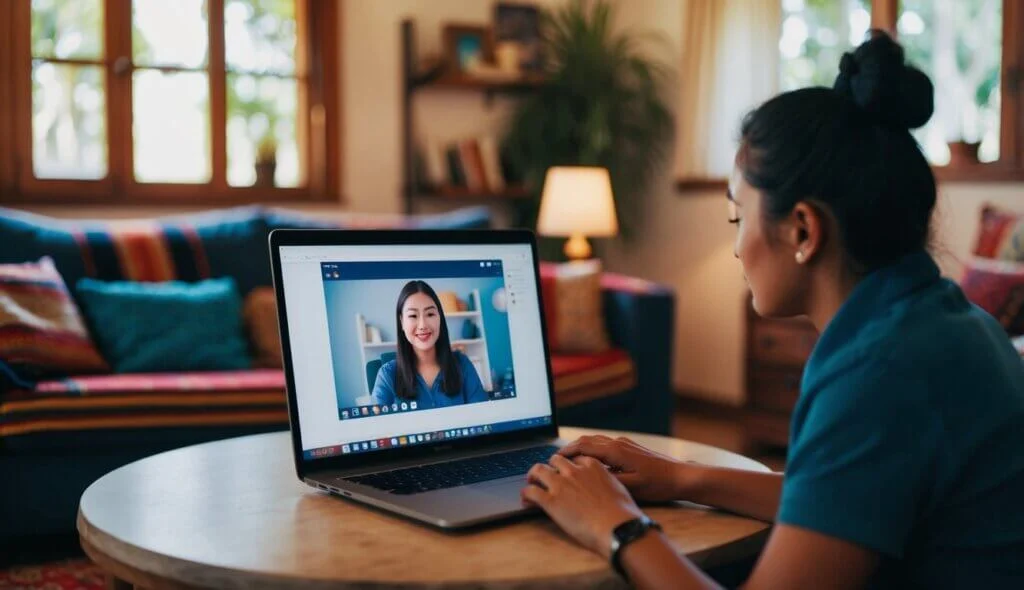
The #1 Solution to Reduce No-Shows in Therapy: Short Course Creation
Why No-Shows Hurt More Than You Think
No-shows in therapy are more than just scheduling disruptions. They:
Interrupt the therapeutic process and slow client progress.
Drain your energy and increase your emotional load.
Create financial instability for your practice.
Studies show outpatient therapy no-show or non-attendance rates often fall in the 15 %–30 % range (and in some settings much higher). What’s more: many of the reasons behind no-shows are emotional, not logistical.

Why Clients Miss Sessions (and What They’re Not Saying)
Here are key reasons new clients might skip their first (or early) therapy sessions:
Anxiety about entering “unknown territory” (therapy feels unfamiliar).
Ambivalence or uncertainty about starting therapy: “Will this help?”
Fear of judgment or being emotionally exposed.
Lack of clarity about what therapy will look like (what will happen, how it works).
Feeling emotionally flooded, overwhelmed, or unsafe before session one.
In other words, these aren’t purely “forgot to show up” or “logistics” issues. They are readiness‐ and safety‐based issues.
That means your solution needs to address emotional readiness, not just calendaring.
Why Short Courses Work: The Psychology Behind It

Creating a short, pre-session course acts as a psychoeducational anchor. Here’s why this is effective:
Psychoeducation improves client engagement, builds trust, and reduces dropout
When clients understand what to expect, they feel safer. When they feel safer, they show up.
A short course (even a 10-minute video + worksheet) can:
Normalize the therapy process: “Here’s how I work, here’s what you can expect.”
Demystify the first session: reduce fear of the unknown.
Introduce your voice and style in a low-pressure way.
Help clients feel emotionally prepared before they walk in through the door.
This isn’t marketing fluff. It’s a trauma-informed onboarding practice: meeting your client where they are scared, uncertain, searching for safety.
Why Video Is Especially Powerful
Among formats, video often has the strongest impact in reducing no-shows and building early trust. Here’s why:

It builds connection before the first session: clients see your face, hear your voice, sense your tone making the “human” feel more real.
It helps clients filter for fit: they can decide if your energy, approach, and style feel right for them.
It reduces anxiety: a short “here’s what to expect” video calms nerves.
It adds warmth & presence: many therapist websites rely on text, but video brings personality forward.
The best part? You don’t need Hollywood-level production. A simple, unscripted video filmed in your office or home just you, being you often works best.
Therapists who’ve added a welcome video say things like:
“Clients come in calmer, more open, and more ready to begin.”
What a Pre-Therapy Course Could Include
You don’t need a massive course. A simple structure can suffice. Consider including:
Welcome video: “What to expect in your first session.”
Short workbook or guide: “How to prepare emotionally for therapy.”
Values-based intro: “Here’s how I work, what I believe, what you can expect from me and from us.”
Grounding tool: “Try this short exercise before your first session if you’re feeling anxious.”
FAQ sheet: “Answers to common questions new therapy clients ask.”
You can deliver these resources via email after booking, embed them on your website onboarding page, or host them in your client portal. They’re simple to create yet powerful in impact.
The Ripple Effect: Beyond No-Shows
This strategy doesn’t just reduce missed appointments. It also:
Improves session quality by freeing up time otherwise spent on repeat “what’s therapy like?” explanations.
Supports clients between sessions, especially those with high anxiety or trauma backgrounds.
Increases retention by helping clients feel more connected and confident from day 1.
Reduces therapist burn-out by minimizing repetitive teaching and emotional overload.
You’re not replacing therapy. You’re reinforcing it. You’re giving clients a warm, simple bridge into the work.
Real-World Example: The 10-Minute Welcome Video
One therapist shared:
“I recorded a 10-minute video explaining what to expect in our first session. Since then, my no-show rate has dropped by half. Clients come in calmer, more open, and ready to begin.”
That’s proof that you don’t need a huge library of content just something genuine, helpful, and accessible.
Gentle Invitation from Purna Web Agency
Creating a course or welcome video isn’t about “doing more.” It’s about connection. It’s about accessibility.
Scared
Uncertain
Searching for safety
You already have the wisdom. Your experience. Your voice.
Now it’s time to let it work for you and for them before the first session even begins.
If you’re ready to create something that feels like you, we’re here.
No pressure. Just support


